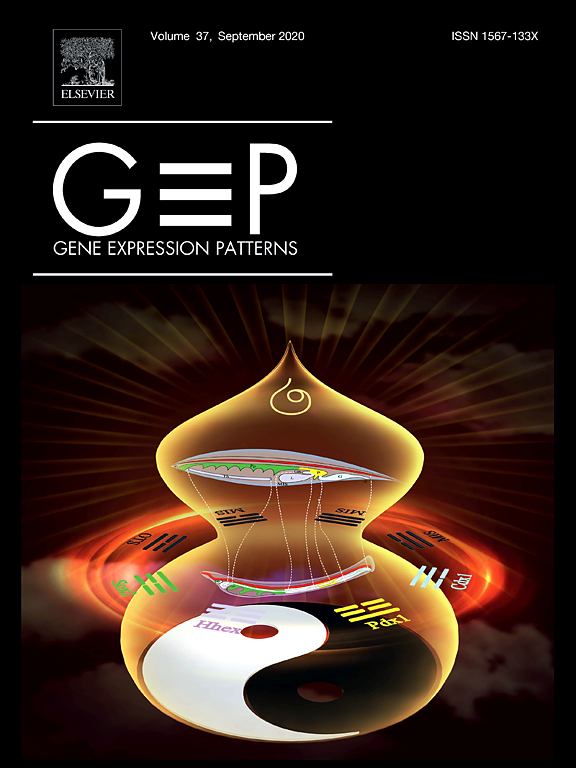
Title: On the origin of vertebrate body plan: Insights from the endoderm using the hourglass model
Abstract: The vertebrate body plan is thought to be derived during the early Cambrian from a worm-like chordate ancestor. While all three germ layers were clearly involved in this innovation, the role of the endoderm remains elusive. According to the hourglass model, the optimal window for investigating the evolution of vertebrate endoderm-derived structures during cephalochordate development is from the Spemann's organizer stage to the opening of the mouth (Stages 1–7, described herein). Regulatory gene expression, examined during these stages, illustrate that the cephalochordate endoderm is patterned into 12 organ primordia. Early vertebrates inherited at least a portion of 6 of these primordia, while the remainder were lost. Of those that were preserved, we demonstrate that the vertebrate symmetric mouth was built on a vestige of the anterior pre-oral pit, that the pre-existing pharyngeal pouch in this chordate ancestor laid the foundation for the new neural crest cell (NCC)-derived vertebrate-type pharyngeal arches, that the thyroid evolved from the posterior endostyle primordim, that the pancreas was derived from the Pdx1-expressing diverticulum primordium, and the small and large intestines originated with the Cdx1-expressing hindgut rudiments. This investigation uncovers the evolutionary foundations of vertebrate endoderm-derived structures, and demonstrates that the number of organ primordia were reduced during evolution.